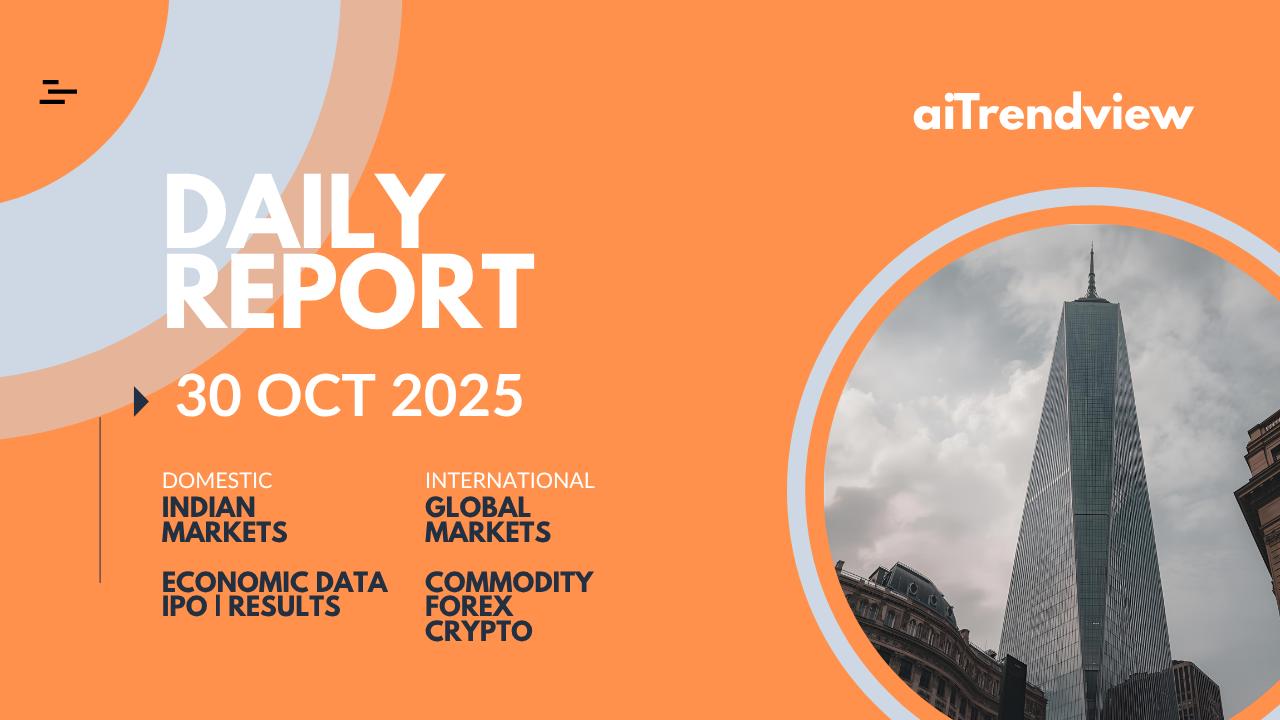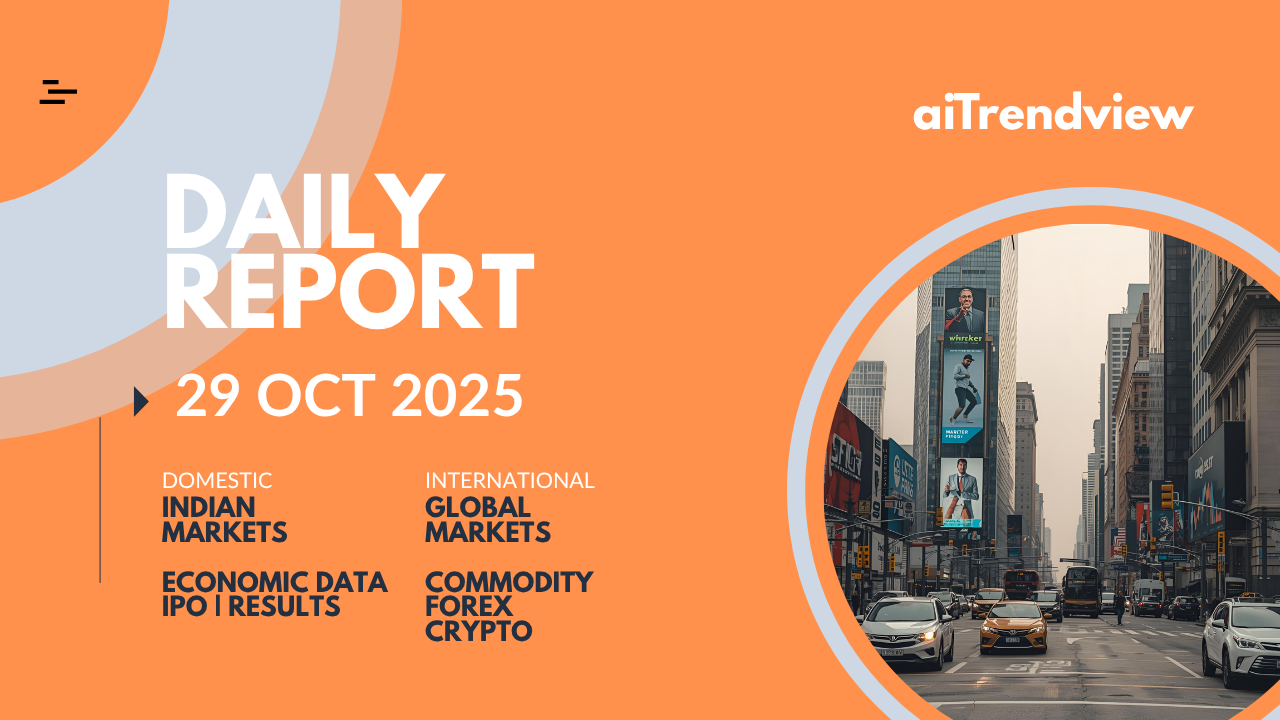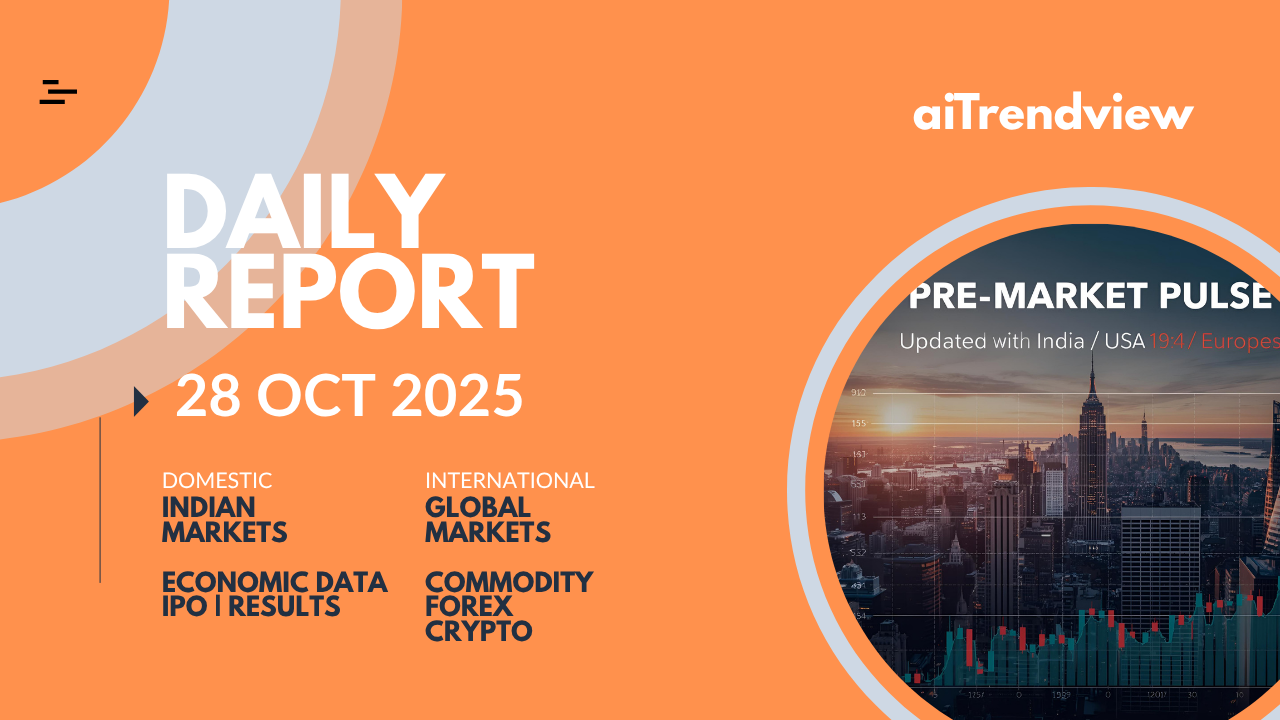Why Gold Has Risen >100% in the Past ~5 Years — Research Report
Executive summary (short):
- Gold’s large rise since ~2020–2021 is explained mainly by (1) record central-bank purchases, (2) large ETF and private investor inflows in 2024–2025, (3) falling real interest rates and expectations of easier monetary policy, (4) persistent geopolitical uncertainty and the weaponisation/fragmentation of the global financial system, and (5) tightness in the physical market and limited incremental supply. (World Gold Council)
- Many of these drivers are structural (central banks changing reserve policy, geopolitical re-alignment), not pure speculative mania — so while price overshoots and corrections are possible, the case for a fundamental-free “bubble” is weak. Still, elevated momentum, ETF flows and short-term political shocks increase volatility and the risk of corrections. (World Gold Council)
1) The price move — short factual baseline
- Gold has moved from roughly $1,500–1,800/oz (early 2020) to multi-year record highs in 2024–2025 (prices have recently traded above $3,500–4,000/oz depending on the date). That equates to a >100% nominal gain over ~5 years (exact percent depends on your chosen start/end dates). Historical price charts confirm this strong multi-year rally. (JM Bullion)
2) Core fundamental drivers (detailed)
A. Record central-bank buying (monetary-policy / reserve diversification)
- What happened: Central banks have been net buyers on a scale not seen since prior decades: the World Gold Council reports record purchases in 2022 and very high purchases in 2023–2024 (annual purchases were ~1,082 t in 2022 and ~1,037 t in 2023). Central bank demand represented a very large share of global gold demand in 2024. These official purchases remove material physical supply from market circulation and create a durable bid. (World Gold Council)
- Why it matters: Central banks transact large volumes and buy for strategic/sovereign reserve reasons (diversification, sanctions hedging). Each year of 1,000-odd tonnes is a large fraction of annual mine production (~5,000 t/year), tightening the market and supporting higher prices. (World Gold Council)
B. Strong ETF and investor flows (demand shock & momentum)
- Physically backed gold ETFs reversed previous outflows and recorded record inflows in 2024–2025 quarters (largest monthly/quarterly inflows in Q3 2025). ETF inflows require physical metal as collateral and drive both price and market psychology. (World Gold Council)
C. Real interest rates & monetary expectations (macro)
- Gold is a non-yielding asset — its attractiveness increases when real yields (inflation-adjusted interest rates) fall or are expected to fall. During much of the rally, real rates remained low/negative in major economies and markets priced in rate cuts in 2025, supporting higher gold valuations. Several bank and academic analyses show a strong inverse correlation between real yields and gold. (ScienceDirect)
D. Geopolitics & safe-haven demand (Russia-Ukraine, Middle East, US-China tensions)
- Episodes of geopolitical risk — Russia’s 2022 invasion of Ukraine, the Middle East conflicts, escalating US-China tensions and trade frictions — have repeatedly triggered safe-haven buying by investors and some central banks. Geopolitical fragmentation also motivates reserve diversification away from a single currency exposure. Reuters and central bank surveys cite geopolitics as an amplifying factor for 2022–2025 purchases. (Reuters)
E. Structural/technical supply constraints (mining + recycling)
- Annual mine production grows only slowly (2024 mine production rose fractionally y/y and is around ~5,000 t/year). Recycling fluctuates and cannot instantly supply the surge in institutional demand. That limits physical supply elasticity versus sudden demand surges. (World Gold Council)
F. Policy & institutional shifts (sanctions, de-dollarization, reserve strategy)
- Some nations have strategic motives to reduce exposure to US dollar–centric financial system—sanctions against Russia highlighted vulnerabilities of dollar-dependent reserves and accelerated reserve diversification via gold purchases. Similarly, trade frictions (e.g., U.S.–China) and concerns over weaponized payment systems have encouraged long-term reserve rebalancing. This is not merely speculative — it reflects structural national security and financial stability concerns. (European Central Bank)
3) Political failures & intentional policies that contributed to the rally
(Interpretation / forensic list — each item tied to observable policy events.)
1. The weaponisation of finance (sanctions regime + countermeasures)
- Failures: When large economies use sanctions to block access to SWIFT / dollar clearing, targeted states (and some third parties) lose confidence in dollar denominated international liquidity channels. Intent/impact: diversification into gold acts as an alternative store of value and liquidity independent of the USD system. The 2022 Russia sanctions episode is a clear catalyst. (European Central Bank)
2. Persistent fiscal deficits and central-bank accommodation in major economies
- Failures: Large fiscal deficits, sizable post-pandemic fiscal spending, and central-bank balance-sheet expansions have raised fears of long-term currency debasement. Even when headline inflation cools, the perceived policy stance and future money-printing risks push some investors to gold. Intent: Some governments consciously prioritised growth/transfer spending over immediate fiscal consolidation — that increases macro risk premia and supports gold. (ScienceDirect)
3. Delayed monetary policy normalization and market expectations of policy pivots
- Failures: Central banks’ timing and messaging around rate hikes and cuts became a political as well as a technocratic issue — markets interpret inconsistent communication as higher policy uncertainty, which benefits safe plays like gold. Intent: While not always intentionally political, policy errors or mis-communications increased perceived macro risk. (JPMorgan Chase)
4. Trade tensions and protectionist moves (US-China tariff/controls)
- Failures/intent: New tariffs and export controls (e.g., on strategic technologies and supply-chain inputs) heighten risk of economic decoupling and currency frictions. Such strategic rivalry incentivizes reserve diversification and safe-haven accumulation. Recent headlines show trade escalations that correlate with precious-metal rallies. (Reuters)
5. Strategic reserve policy shifts in emerging markets
- Intentional: Several emerging-market central banks proactively increased gold holdings to reduce reliance on single currency reserves and boost financial sovereignty; that’s a deliberate and sustained policy shift rather than ad hoc speculation. (World Gold Council)
4) Is this a bubble? — assessment framework & conclusion
How to define a bubble for gold
A bubble is typically: (A) price disconnected from fundamentals, (B) driven by speculative mania unrelated to long-term supply/demand, and (C) supported by leverage/speculative credit that could unwind violently.
Evidence against a pure bubble
- Fundamental support is strong: central bank purchases (permanent buyers), ETF physically-backed inflows, weak real yields and geopolitical demand all provide durable sources of demand rather than ephemeral retail speculation. Removing even modest central-bank demand (1000 t/year) materially changes the market balance. (World Gold Council)
- Supply is inelastic short term: mine production increases slowly; recycling cannot instantly substitute, so persistent demand shocks have persistent price effects. (World Gold Council)
Evidence for bubble-like features / downside risks
- Momentum & spec flows: strong price momentum attracts momentum and trend funds; this can create overshoots and mean-reversion risk (sharp corrections if macro expectations change). ETF inflows spike price and can reverse. (World Gold Council)
- Valuation stretch: the nominal price is far above historical averages; if real yields re-enter strongly positive territory and inflation expectations drop materially, gold can correct. Macroeconomically driven re-pricing (policy surprises) could cause a fast sell-off. (ScienceDirect)
Bottom line (is it a bubble?)
- Not a classic mania bubble right now. The rally is largely driven by tangible macro and geopolitical fundamentals (central bank policy, safe-haven flows, low real yields). That said, short-to-medium term price dynamics show speculative and momentum characteristics that raise the probability of large drawdowns if the macro backdrop reverses (e.g., if real rates rise sharply, central banks unexpectedly sell, or geopolitical tensions cool dramatically). Probability judgement (qualitative): fundamental-driven bull market with tail risk of speculative correction.
5) Scenarios & probabilities (practical outlook)
(These are illustrative — assign your own subjective weights)
- Base case (45%) — gradual consolidation at high levels
- Central banks continue modest purchases; real yields remain low/moderately negative; price remains elevated with periodic pullbacks.
- Bull case (25%) — new structural step-up
- Geopolitical escalation or faster de-dollarization leads to more aggressive official buying + ETF inflows; limited sell-side supply → another leg up.
- Correction case (20%) — rapid pullback 25–40%
- Unexpected strong recovery in real yields (faster disinflation + rate hikes) and/or large ETF outflows cause a sharp correction.
- Crash bubble burst (10%) — sharp collapse beyond 40%
- Leverage unwind or a coordinated policy shock (e.g., major central banks sell or a liquidity shock) triggers heavy selling. This is lower probability given central bank behaviour but not impossible.
6) Investment & policy implications (practical recommendations)
- For investors: size exposures to gold based on role in portfolio: insurance/hedge (2–10% allocation) vs speculative trade. Use options to manage tail-risk if viewing gold as an insurance asset. Watch real rates, central bank statements, and ETF flows as primary risk signals. (World Gold Council)
- For policymakers: transparency and international dialogue reduce the risk of destabilising reserve frictions. Policymakers that rely on one currency for foreign reserves should assess diversification and crisis resilience; however, abrupt official buying or selling can destabilise markets. (World Gold Council)
- For corporates/treasuries in emerging markets: consider contingency plans for payment system disruptions and diversify liquid reserve instruments (including small strategic gold buffers).
7) Key indicators to monitor (actionable, short list)
- Monthly central-bank purchase reports (WGC / IMF releases). (World Gold Council)
- Net flows into physically backed gold ETFs (weekly/monthly). (World Gold Council)
- Real 10-year yields (US real yields and break-evens). (ScienceDirect)
- Major geopolitical flashpoints and trade policy announcements (US-China, Middle East, sanctions). (Reuters)
- Mine production & recycling quarterly updates (WGC supply data). (World Gold Council)
8) Short annotated bibliography / sources (most important ones)
- World Gold Council — Central Bank Gold Survey; Gold Demand Trends (Full Year 2024); ETF flows (Goldhub). (World Gold Council)
- Reuters / Financial Times — market-moving reporting on record prices and geopolitics (examples: Oct 2025 Reuters piece on record highs). (Reuters)
- Academic / institutional analyses on real yields and gold correlation (peer-reviewed and bank research, e.g., JP Morgan and related academic studies). (ScienceDirect)
- Gold production & supply data — WGC gold production by country and supply analysis (2024 datasets). (World Gold Council)
- Macro price histories (GoldPrice / Macrotrends) for long-run charts. (Gold Price)
9) Appendix — quick data snapshots (figures)
- Central bank purchases: 2022 ≈ 1,082 t (record), 2023 ≈ 1,037 t (very high), 2024 also very large (WGC survey). (World Gold Council)
- ETF flows: Largest monthly/quarterly inflows recorded in 2025 Q3 (Goldhub reports record monthly inflows in Sept 2025). (World Gold Council)
- Mine output: 2024 mine production increased modestly to record annual production but is still ~5,000 t/year — incremental increases cannot match sudden annual demand surges of 1,000 t+ by central banks. (World Gold Council)
Expanded analysis — Gold, US debt, and the “gold mafia”
A. Can higher gold prices meaningfully help the U.S. with its $37 trillion debt?
Short answer (summary)
Rising gold prices increase the market value of the U.S. Treasury’s official gold holdings and of privately held gold-backed assets, but they cannot meaningfully or legitimately “solve” the $37T federal debt by themselves. At current prices the U.S. gold stock is worth much more than its historical book value — it recently crossed the $1 trillion mark in market value — but even that is small relative to $37T, and converting that paper gain into debt reduction faces legal, accounting, political and market-feasibility constraints. (Bloomberg)
1) What exactly rises on the U.S. balance sheet when gold prices rise?
- The U.S. Treasury holds roughly 261.5 million troy ounces (~8,133.5 tonnes) of official gold stored in Fort Knox, Fed vaults and other sites. At modern market prices (2025 highs) that stock’s market value exceeds $1 trillion, though on official books the gold is still recorded at historic statutory cost (the U.S. statutory price is low — e.g., $42.22/oz in internal accounting), creating a large unrealised valuation gain. (Bloomberg)
- Accounting treatment matters: Many countries (and the U.S.) historically report gold on national accounts and Treasury statements at historic cost or under special accounting rules. To “realize” the gain you need a sale (or a formal revaluation recognized under accounting/legislative rules) or a legal change in how reserves are measured. The Federal Reserve / Treasury can report valuation changes but turning those into legally available cash to pay down debt is nontrivial and politically constrained. (Federal Reserve)
2) How big a dent would U.S. gold make in $37T?
- Rough arithmetic: if U.S. gold ≈ 261.5 million oz and gold trades at, say, $3,800/oz, market value ≈ $995 billion (~$1T). That’s ~2.7% of $37T — helpful but tiny. Even selling all official gold (politically and economically fraught) would only pay a small portion of outstanding debt. (ipmi.org)
- If the U.S. instead revalued its gold on the balance sheet without selling (i.e., reclassify the unrealized gain into a reserve revaluation account), it could improve balance-sheet ratios on paper, but that would not legally extinguish debt obligations. Debt is a legal liability; asset revaluation alone doesn’t cancel interest or principal owed unless Congress legislates asset sales or applies proceeds to debt. Historical examples of reserve revaluations show accounting effects but not a panacea for structural fiscal deficits. (Federal Reserve)
3) Could the U.S. reprice gold legally to wipe out debt (the “nuclear option” claim)?
- The idea sometimes floated in markets is that Congress or the Treasury could legally revalue official gold holdings at current market prices or enact a price change that revalues holdings and then use a special accounting trick to reduce reported debt. In practice:
- Legally: Congress would need to pass legislation to change accounting/valuation rules and to authorize proceeds to be used for debt reduction. That is politically fraught and unprecedented at scale. (Federal Reserve)
- Economically: Selling large amounts of gold to raise cash would likely crash the gold price, destroying the very revenue the sale is attempting to harvest. Markets would anticipate disposals and repricing feedback would reduce proceeds. (Yahoo Finance)
- International / reputational costs: A sudden sale or revaluation of national gold for fiscal engineering would upset global markets and the financial reputation of the U.S. It would not be a simple, costless operation. (Bloomberg)
Bottom line: revaluation or sales provide limited relief and face serious legal, political and market-impact barriers. Gold helps balance-sheet optics but cannot realistically substitute for fiscal policy reform to address $37T in liabilities.
B. “Gold mafia” and the physical-supply question — what the evidence shows
Short summary
There is documented evidence that criminal networks, corrupt officials, and illicit actors are embedded in gold supply chains in several regions — especially parts of Africa, Latin America and Southeast Asia — and that this activity reduces the amount of legal, reportable gold reaching formal markets, enables laundering, and raises risks (local ecological damage, human-rights abuses, and market opacity). However, portraying this as a single global conspiracy that “prevents supply” in a coordinated way overstates the case: the reality is a patchwork of criminality, weak governance, and opportunistic exploitation that can locally tighten supply and raise premiums, but it is not the dominant driver of the global multi-year price surge (which is driven more by central bank buying, ETF flows and macro fundamentals). Still, illicit activity is material enough to merit policy attention. (Al Jazeera)
1) What investigators have documented (case studies & reporting)
- Al Jazeera’s “Gold Mafia” series (2023) exposed alleged gold-smuggling and money-laundering networks in Southern Africa and Zimbabwe, including use of diplomatic cover and collusion with state actors. The series prompted official inquiries and demonstrated how illicit flows can be laundered into global markets. (Al Jazeera)
- UNODC and investigative NGOs document how criminal groups exploit artisanal and small-scale gold mining (ASGM): they buy production at the mine gate, launder it through legitimate intermediaries, and under-report exports. UNODC highlights how these actors mix illegal and legal gold to obscure provenance. (UNODC)
- Regional investigative reports (GIJN, Mongabay, AP, local outlets) show examples in Latin America, West Africa, and Southeast Asia where criminal gangs, corrupt officials, and private buyers divert gold out of formal channels — often to avoid taxes, export controls, or sanctions — thereby shrinking the visible supply to formal exchanges/refiners. (GIJN)
2) Mechanisms by which illicit networks tighten formal supply
- Smuggling & under-invoicing: Gold mined illegally or acquired informally is smuggled across borders and sold into informal buyer networks; it bypasses export declarations and taxes, reducing recorded supply. (GIJN)
- Laundering via intermediaries/refiners: Criminals blend illegal gold with legal production or use shell companies/refiners that inadequately check origins, feeding metal into legitimate refineries and ETFs. Investigations show this is an established pattern in some regions. (Transparency.org)
- Hoarding & illicit stockpiling: Organized groups or corrupt networks may hoard physical metal for price speculation, ransom, or concealment, temporarily removing metal from the circular market. The evidence of widespread long-term hoarding by a single cartel is limited; more commonly, hoarding is opportunistic and localized. (Mongabay)
3) How large is illicit gold relative to total supply?
- Estimates vary. ASGM (artisanal & small-scale mining) supplies a meaningful share of annual global mine output (various estimates put it at ~10–20% of mine supply, with high employment share). A portion of ASGM is illicit or informal; UNODC and WGC studies show the problem is material. But compared with total above-ground stock (~216,000 t) and annual mine production (~5,000 t/year), illicit flows are significant locally and enough to affect regional premiums, yet they are unlikely to be the dominant global driver of a >100% multi-year price rise on their own. The bigger global drivers remain central bank demand and macro factors. (World Gold Council)
4) Evidence of market impact (premia, regional dislocations)
- Illicit supply chains can create local shortages and push up spot premiums near source regions and in transit hubs; they can also tighten available physical metal for refiners who require certified provenance. Heightened due-diligence by major refiners (post-2015 Responsible Gold initiatives) has sometimes reduced the ability of illicit producers to access official refineries — in the short term raising friction and premiums. (UNODC)
5) Industry & regulatory response
- LBMA, OECD, and Responsible Sourcing standards: major market participants and standard-setters have strengthened due diligence and “chain of custody” requirements to keep illicit gold out of the official market. That makes laundering harder and can temporarily reduce the flow of certain supplies into the formal market, but is a long-run positive for traceability and sustainability. (UNODC)
- Enforcement & international cooperation: UNODC recommendations, regional crackdowns (e.g., Peru rulings on illegal mining), and investigative reporting have led to prosecutions and regulatory changes, but enforcement remains uneven due to corruption, resource constraints and demand dynamics. (AP News)
C. Assessment: How much of the price rally is explained by illicit supply squeeze?
- Primary drivers: central bank demand, ETF flows, and macro (real rates, fiscal concerns, geopolitics). These explain most of the price gain. (bullionexchanges.com)
- Secondary but material role for illicit supply issues: criminality and smuggling create local supply tightness, raise premiums, and increase market opacity, which amplifies price moves in moments of stress — especially in regions that feed the formal market or where refiners tighten acceptance rules. However, illicit activity is not the primary global-level cause of the >100% increase; it’s an important amplifyer and a structural risk. (Mongabay)
D. Policy implications & recommendations
- For U.S. policymakers: Do not rely on gold-revaluation “tricks” as a substitute for fiscal reform. Instead, use improved macro policy coordination, credible deficit reduction plans, and debt-management strategies to address $37T. Consider measured, transparent use of reserve assets if politically and economically justified (but expect limited impact). (Federal Reserve)
- To reduce illicit supply effects:
- Strengthen transparency and chain-of-custody requirements for refiners and ETFs (build on LBMA/OECD frameworks). (UNODC)
- Increase regional enforcement cooperation and technical support in source countries (Patrols, port controls, forensic auditing of supply chains). (AP News)
- Offer alternative livelihoods and formalization pathways for artisanal miners to shrink the informal market and reduce incentives to smuggle. (World Gold Council)
- Market-level transparency: improve public disclosure of central bank buying and revaluation practices to reduce speculation and prevent mispricing based on rumors.
E. Indicators & monitoring checklist (practical)
- Value of U.S. gold reserves at market prices (monthly). (ipmi.org)
- WGC Central Bank Survey (quarterly/annual central bank purchases). (bullionexchanges.com)
- ETF inflows/outflows to physical gold ETFs (weekly). (Fortune)
- Reports on illicit gold supply (UNODC, Al Jazeera, GIJN, regional authorities) for hotspots and supply chain disruptions. (Al Jazeera)
- Refiner and LBMA responsible sourcing alerts (for supply acceptance incidents). (UNODC)
F. Short conclusion (added to main report)
- Gold’s price rise helps U.S. balance-sheet optics by increasing the market valuation of official reserves, but the effect is insufficient and impractical as a standalone method to resolve $37T of federal debt. Any attempt to use gold for debt elimination would hit legal, political, and market-impact constraints. (Bloomberg)
- Illicit “gold mafia” activity is real and harmful: investigative journalism and intergovernmental reports document smuggling, laundering and corrupt facilitation in several regions. These activities remove metal from formal channels, weaken traceability, and can tighten physical supply locally — amplifying price moves during stress — but they are one of several amplifiers rather than the primary global cause of the multi-year gold rally. (Al Jazeera)
Final conclusion (short)
Gold’s >100% rise over roughly five years is not the product of a single, irrational mania. It is best explained by a confluence of structural, macro and geopolitical factors — particularly the return of large official (central bank) buying, coupled with ETF & private investor flows, low/negative real rates, and greater geopolitical and financial-system uncertainty (sanctions, trade frictions, de-dollarization tendencies). These are durable forces that justify much of the price rise, though speculative momentum and valuation stretch raise the possibility of meaningful corrections if macro conditions change suddenly.





